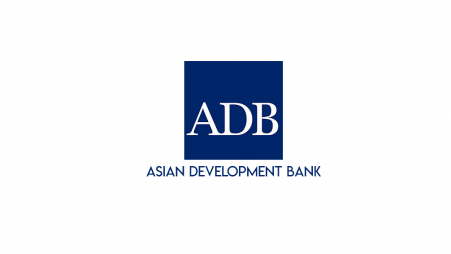The Bangladesh Bank (BB) has removed the lending rate cap and replaced it with a market-driven reference lending rate for all categories of bank loans.
At a press conference today, the central bank introduced changes to the lending rate formula while unveiling the monetary policy for July-December of FY24.
The new lending rate formula includes a reference rate, which is calculated as the six-month moving average rate of treasury bills, with a 3% margin for banks and a 5% margin for non-bank financial institutions. Currently, the rate of the 6-month treasury bills stands at 7.10%, so the maximum lending rate for bank loans will be 10.10% and for NBFIs 12.10%.
Bangladesh Bank has shifted from a monetary targeting approach to an interest rate targeting framework, adopting a contractionary monetary policy.
As part of this tight monetary policy stance, BB has increased the policy rate, also known as the repo rate, by 50 basis points to 6.50%, and the reverse repo rate by 25 basis points to 4.50%, effective from 1st July.
Also, CMSMEs (Cottage, Micro, Small, and Medium Enterprises) will have an additional fee of up to 1% to cover supervision costs. It is important to note that there will be no changes in credit card loans.
In another move, the central bank will implement a unified and market-driven single exchange rate regime, enabling the exchange rate between the local currency, taka, and USD or any other foreign currency to be determined by market forces. BB will discontinue quoting specific rates for buying or selling foreign exchange, fostering stability in the foreign exchange market.
Furthermore, in line with the International Monetary Fund's (IMF) 6th edition of the Balance of Payment and International Investment Position Manual (BPM6), BB will calculate and publish the gross international reserve.
These developments mark a significant shift in Bangladesh's monetary policy, emphasizing market-driven mechanisms and aiming for stability in various sectors.



















